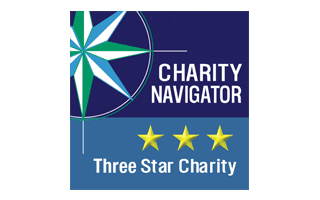We’re helping people move from the streets to stable housing.
HOME FOR GOOD (HFG) aims to help Anchorage’s most visible and vulnerable homeless residents by connecting them with housing and support services.
THE CHALLENGE: Hundreds of Anchorage residents experience persistent homelessness and disabling conditions such as chronic mental or physical health issues, cycling through expensive emergency response systems including jail, hospitals, the safety center, and shelters. Research and other communities’ experiences demonstrate that supportive housing programs like Home for Good can break this cycle. By combining stable housing with robust, wrap-around services tailored to each person’s individual needs, supportive housing programs can put clients on a stable, sustainable path to improving their lives. The need for supportive housing was cited as one of the highest recommended priorities in an analysis of the gaps in Anchorage’s homelessness prevention and response system. Despite the promise of these programs, Anchorage has lacked the capacity and funding to provide enough supportive housing to meet the community need.
THE ANSWER: In October 2020, Home for Good began its first year of services following a yearlong pilot. The goal is to build service capacity and develop an innovative financial model for permanent supportive housing in Anchorage. Emergency service outcomes are measured by comparing use in the twelve months before and after a clients’ lease in supportive housing began.
CURRENT STATUS: As of Jan. 12, 2024, the project was providing services to 124 individuals; 82 in permanent housing and 15 working with Home for Good case managers to secure housing permanent housing. Home for Good supportive
services will continue through September 2025
-
PROJECT MANAGERS
• Municipality of Anchorage
• Social Finance, Inc.
• United Way of AnchorageFUNDERS
• Alaska Community Foundation
• Alaska Mental Health Trust Authority
• Municipality of Anchorage
• Rasmuson Foundation
• Premera Blue Cross
• Providence Alaska FoundationSERVICE PROVIDERS
• Alaska Behavioral Health
• Southcentral Foundation




